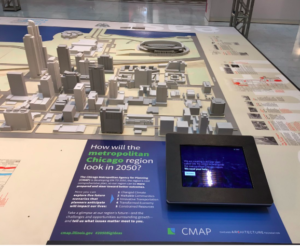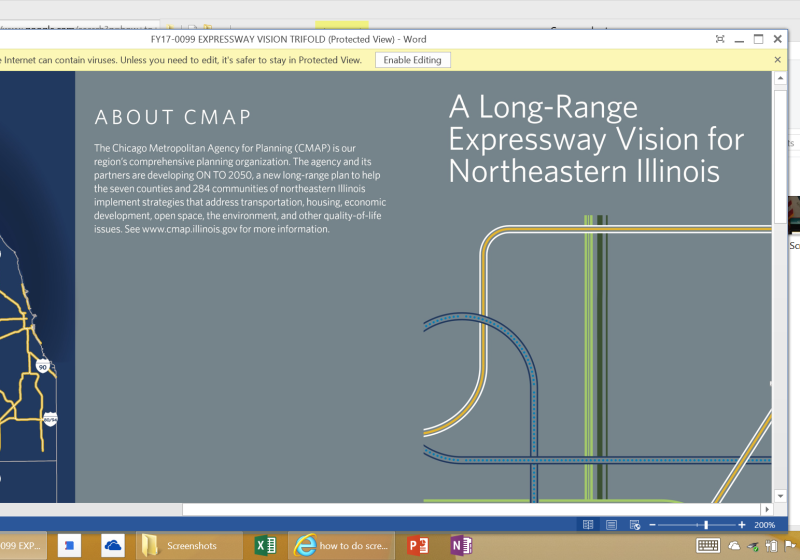Are you concerned about how you will get to work tomorrow? Or next week? Maybe not. But how about how you will get around in five or 10 years? According to the Chicago Metropolitan Agency for Planning (CMAP), rapidly evolving technologies are making for an uncertain, albeit promising, future.
After all, not many people thought 10 years ago that ride-sharing via Uber and Lyft would be as prevalent, convenient, and competitive, price-wise, as taking a CTA bus, train or Metra.
Meanwhile, the transit agencies themselves — CTA, Metra, Pace, and the umbrella Regional Transportation Authority — say billions of dollars in public money is needed over the next 10 years just to keep existing equipment in good operating condition.
And what about our expressways and tollways? The Illinois Department of Transportation doesn’t get anywhere near the state and federal dollars it once did. Meanwhile, the Illinois State Toll Highway Authority is the only game in town when it comes to building new highways because it is awash in toll cash.
CMAP has developed a new comprehensive regional plan for Northeastern Illinois called ON TO 2050. The plan is divided into five chapters, which are further divided into goals and recommendations. ON TO 2050’s three principles of Inclusive Growth, Resilience, and Prioritized Investment run through all of its recommendations. The plan puts forth goals for community, prosperity, environment, governance, and mobility.
The chapter on mobility is subtitled Achieving…


